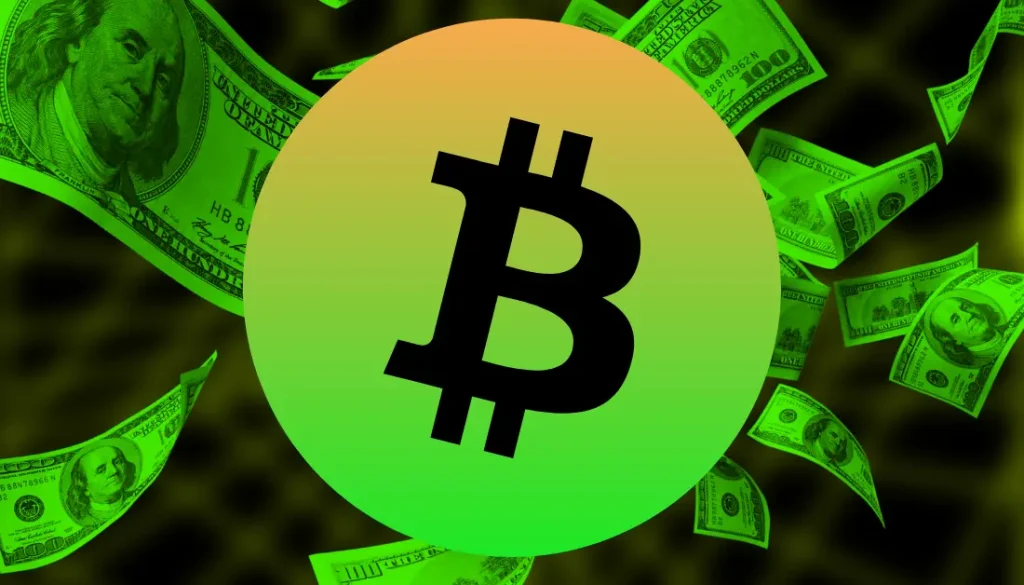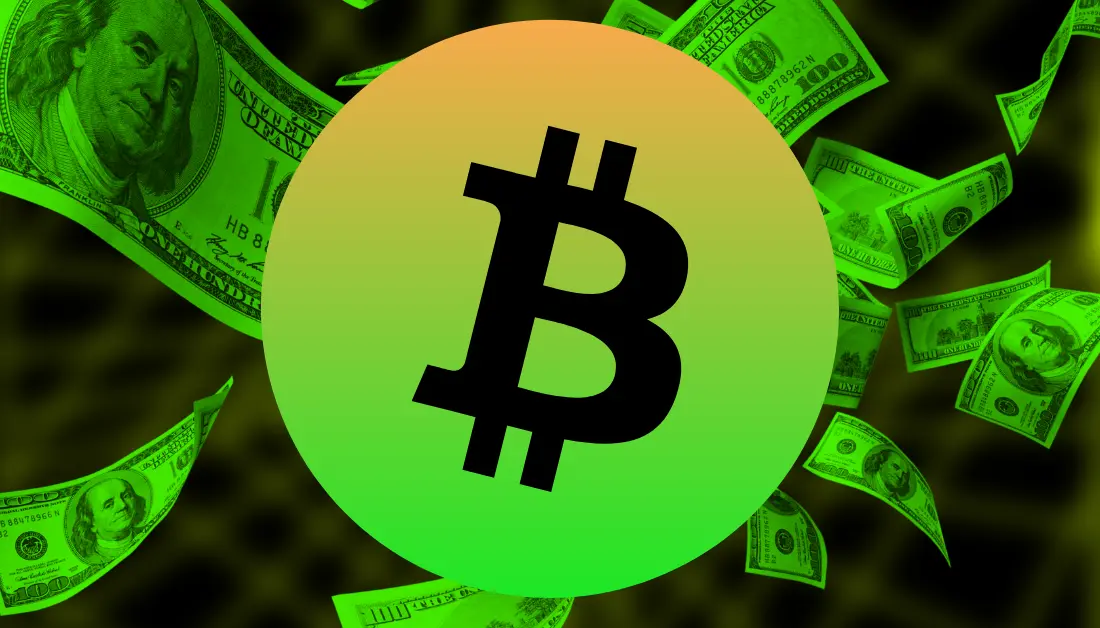
The intersection of politics and finance has always been a fertile ground for speculation, and the cryptocurrency market is no exception. Donald Trump’s “Big Beautiful Bill” has sparked intense debate among analysts and investors, with opinions divided on whether it will propel Bitcoin to new heights or trigger a market correction. The bill, shrouded in ambiguity, has become a focal point for those seeking to understand its potential impact on the world’s largest cryptocurrency. To navigate this uncertainty, it is essential to examine the arguments from both bullish and bearish perspectives, as well as the broader factors that could shape Bitcoin’s trajectory.
The Inflationary Tailwind: A Bullish Argument
At the heart of the bullish case is the belief that the “Big Beautiful Bill” will exacerbate inflationary pressures, making Bitcoin an attractive hedge. Historical data supports this narrative. Following the 2020 stimulus packages, Bitcoin surged from around $10,000 to nearly $30,000 within months. The logic is clear: increased government spending without corresponding revenue growth leads to higher national debt, which is often financed through monetary expansion. This devalues fiat currencies, eroding purchasing power and driving investors toward assets perceived as stores of value.
Bitcoin’s fixed supply of 21 million coins makes it an appealing alternative to inflation-prone fiat currencies. The global M2 money supply has been expanding at an unprecedented rate, with some estimates suggesting a nearly 40% increase in the past few years. If this trend continues, Bitcoin could see a significant price surge, potentially reaching $150,000, as some analysts predict. The decentralized nature of Bitcoin further enhances its appeal, as it is immune to government manipulation, making it a refuge for investors concerned about financial repression.
Adding to the bullish sentiment is the possibility that the bill may include tax relief for cryptocurrency investors. While details remain scarce, any favorable tax treatment could incentivize adoption and investment, further boosting Bitcoin’s price. The combination of inflationary pressures, potential tax benefits, and Bitcoin’s inherent scarcity could create a perfect storm for a bullish rally.
The Bearish Counterpoint: Short-Term Volatility Ahead
Despite the optimistic outlook, there are compelling reasons to believe that the “Big Beautiful Bill” could trigger a short-term correction before any long-term gains materialize. Crypto entrepreneur Arthur Hayes has predicted a potential retracement to $90,000, citing the volatility that often accompanies significant fiscal policy changes. The immediate aftermath of such legislation could see investors taking profits, leading to a temporary sell-off.
Another concern is the potential impact of the bill on traditional markets. Uncertainty surrounding its provisions and the broader economic implications could trigger a market correction, dragging Bitcoin down with it. Additionally, the absence of specific Bitcoin tax exemptions in the final bill could dampen investor enthusiasm, removing a potential catalyst for immediate price appreciation.
The bearish argument also considers the possibility of regulatory crackdowns. While the bill itself may not directly address cryptocurrency regulations, its broader economic implications could prompt policymakers to take a harder stance on digital assets. Increased regulatory scrutiny could stifle growth and dampen investor confidence, leading to a decline in Bitcoin’s price.
The Role of Market Sentiment and External Factors
Beyond the direct impact of the “Big Beautiful Bill,” several external factors could influence Bitcoin’s price trajectory. Market sentiment, for instance, plays a crucial role in price movements. Positive news, such as growing adoption rates or technological advancements, can fuel bullish sentiment, while negative news or regulatory concerns can trigger sell-offs.
Macroeconomic conditions also significantly impact investor risk appetite and asset allocation decisions. Interest rate hikes, inflation figures, and geopolitical events can all influence Bitcoin’s price. For example, rising inflation could drive investors toward Bitcoin as a hedge, while higher interest rates could make riskier assets less attractive, leading to a decline in Bitcoin’s price.
Technological developments, such as improvements in scalability and the development of layer-2 solutions, can enhance Bitcoin’s utility and attractiveness. These advancements could drive adoption and investment, supporting a bullish outlook. Conversely, technological setbacks or security breaches could undermine confidence and lead to a price decline.
The regulatory landscape is another critical factor. Clear and supportive regulations can foster innovation and investment, while restrictive regulations can stifle growth. The evolving regulatory environment surrounding cryptocurrencies will play a significant role in shaping Bitcoin’s future.
Conclusion: Navigating the Uncertainty
The future of Bitcoin in the wake of Trump’s “Big Beautiful Bill” remains uncertain. While the potential for inflation and debt to drive investors toward Bitcoin as a safe haven asset is compelling, the possibility of a short-term correction cannot be dismissed. The actual outcome will likely depend on a complex interplay of factors, including the specific provisions of the bill, market sentiment, macroeconomic conditions, and technological developments.
Investors should approach this uncertainty with caution. Rather than blindly following predictions, a prudent approach involves closely monitoring market developments, understanding the underlying drivers of price movements, and adapting investment strategies accordingly. The cryptocurrency market is inherently volatile and subject to unforeseen events, making it essential to conduct thorough research and make informed decisions based on individual risk tolerance and investment objectives.
Ultimately, only time will tell whether the “Big Beautiful Bill” will trigger a Bitcoin boom or bust. By staying informed and remaining adaptable, investors can navigate the uncertainty and potentially capitalize on the opportunities that arise. The path forward is unclear, but with careful analysis and a disciplined approach, investors can position themselves to weather the storm and emerge stronger.





